Before we start exploring the way we communicate across cultures and within diverse groups, we should understand what the terms multicultural, cross-cultural, and intercultural mean.
Multiculturalism, diversity, and belonging are all different terms. Youth that know these terms will better understand their community and have enhanced chances of togetherness and wellbeing.
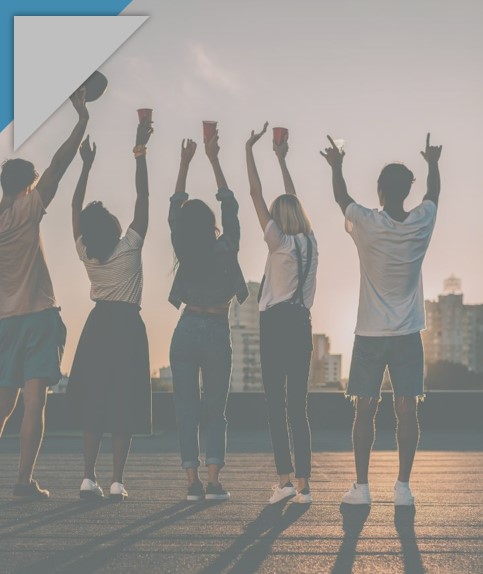
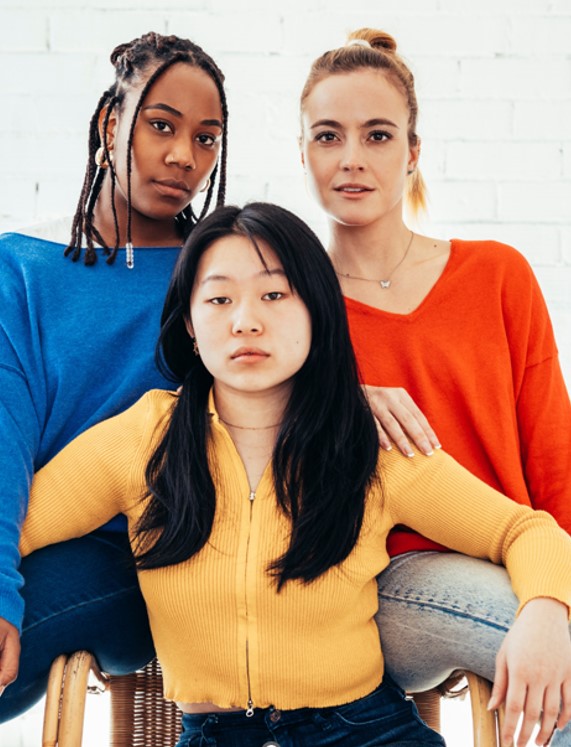
Ever noticed how some places have lots of different cultures? That's called being multicultural, it is several cultural or ethnic groups within a society. But just because a place has many cultures doesn't mean everyone's hanging out together or understanding each other.
Chatting Across Cultures
People from different cultural backgrounds communicate in different ways and follow various societal norms that may be unfamiliar to someone who is not of that culture. It's like translating your vibe into theirs. Sometimes, one culture might seem louder or more popular than the others. Beyond chat, we need to find deeper ways to truly understand each other, and not just translate!
Intercultural communication is all about wanting to truly understand and connect with one another over time.
Our goal should be to master this way of communicating.
It's a continuous journey of learning and sharing that keeps evolving with everyone involved.
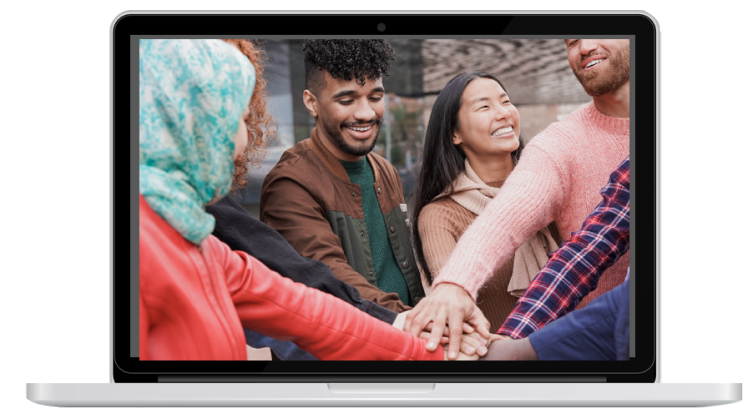
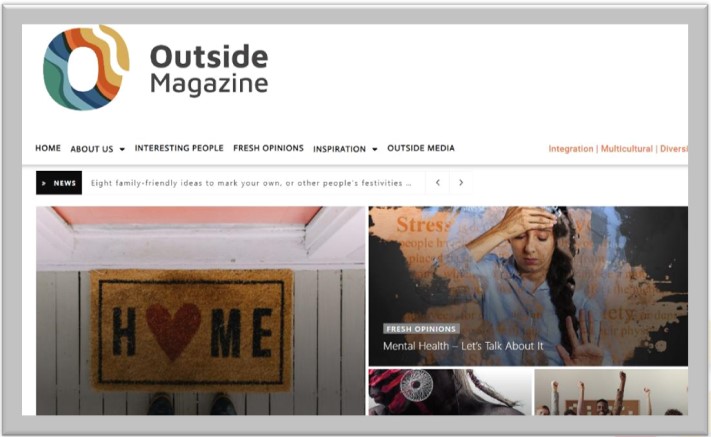
Immerse yourself in several articles from the Outside Multicultural Magazine. Click HERE to access
This magazine hosts content by diverse authors.
Would all these insights be possible if the authors of this magazine were not so diverse?
Before delving into the specific problems facing certain youth populations, it is essential to understand the concept of wellbeing.
Wellbeing refers to a state of health, happiness, and prosperity, and includes physical, mental, and social health.
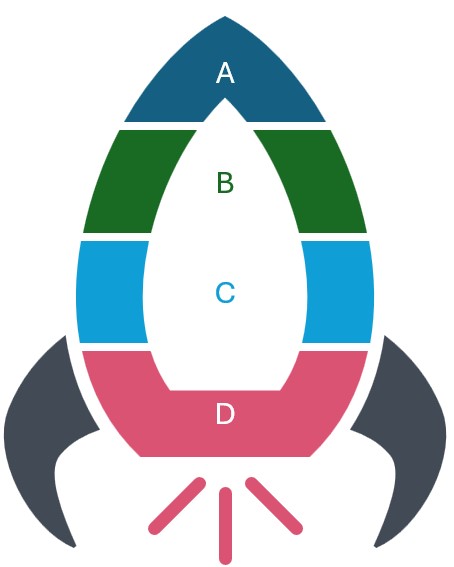
A. What is Wellbeing?
It's not just about being disease-free. It's feeling good physically, mentally, and socially. It's about having a purpose and feeling connected.
B. EU's Take on Youth
The EU is pushing for better mental health, easier access to health services, and less substance abuse. EU also highlights the power of sports in teaching teamwork and understanding different cultures.
C. Diving Deeper into Wellbeing
We often hear about the wellbeing challenges young people face. But wellbeing is more than that. It's a mix of how we feel, how society sees us, and the opportunities we get.
D. Together We Thrive
True wellbeing? It's not a solo journey. Schools, health professionals, sports teams – we all play a part.
Understanding
Communication is key to understanding each other, and this is especially true when it comes to intercultural dialogue.

Compassion
Intercultural dialogue can also help young people understand different perspectives, which can lead to more empathy and compassion in their relationships with others.
Identities
When young people learn effective communication skills, they are able to bridge the gap between different cultures and express their own cultural identity.

Connection
This can lead to improved wellbeing for young people, as they are able to connect with others in a meaningful way.
Meaningful Communication
Developing strong communication skills allows them to engage in meaningful conversations with people from all walks of life and build bridges of understanding between cultures.

Relationships
Communication is an essential life skill that helps us build relationships, express ourselves and understand the perspectives of others.
Introducing intercultural communication to young people isn't just another lesson – it's a groundbreaking way to boost youth’s overall happiness and set them up for success in chatting effectively.
Enabling intercultural conversations and chats lets young people journey into their own cultural vibes and then really get what other cultures are all about.

Let's face it, in our super-connected world, young people are meeting all sorts of cultures, languages, and beliefs more than ever.
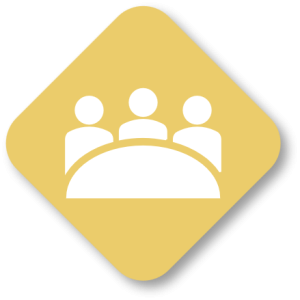
So, by learning about these deep cultural convos, young people are getting a passport to feeling connected and content.
Ever noticed how where you're from, your background, or even your neighborhood can change how you experience life? That's because things like your ethnicity, culture, how much money your family has, or where you live can play a big role in the opportunities and support you get. Such are the facts and inequalities of life that we must strive to challenge.
These are called contextual factors, and they can make a huge difference in how young people feel and thrive. By tackling these factors, we can start to make things fairer for our young people.
Youth from marginalised communities often encounter specific challenges that impact their wellbeing.
This can range from facing discrimination, living in poverty, not having access to good education and healthcare, to other deep-rooted barriers that hold them back.
To truly make a difference, we need to dive deep into these challenges and figure out the best ways to help ourselves and those around us.
Making wellbeing fair and accessible for everyone

Spotting the Differences
Firstly, we need to see where the gaps are. Some people don't get the same chances because of things that are out of their control, like where they're from or their background. Once we see these gaps, we need to do more than just talk about them. We need to act.

Boosting Confidence and Opportunities
It's not just about giving resources, although they are very much part of the solution. It's about making sure everyone feels they can make a change in their life and stand up for what they believe in. Everyone should feel they have the tools and the voice to face life's challenges

Community's Role
The community plays a big part. By providing resources and support, we can help everyone feel they belong and can make a difference. It's about making sure everyone feels they're heard and can overcome challenges.

Spreading the Word and Understanding
By sharing stories, hosting events, or even using social media, we can get more people to understand and care. Plus, by learning about different cultures and backgrounds, we can all be more understanding and welcoming.

Digging Deeper into the Why and How
The challenges some face are complex, from money issues to education and health. We need to dive deep, maybe even team up with those affected, to really get why these gaps exist and how they impact lives.
Young people with disabilities can face unique challenges in physical accessibility, social inclusion, education, healthcare services, and emotional and mental health.
Young LGBTQ+ individuals might face discrimination, bullying, or rejection due to their sexual orientation or gender identity, facing increased rates of anxiety, and other mental health issues due to stigmatization.
Young people from low-income backgrounds may attend under-resourced schools with fewer opportunities. They may lack of access to nutritious meals, leading to health issues and have limited exposure to further education and career options.
Young people from ethnic minorities face discrimination and stereotyping, including racial profiling, bias, and microaggressions. They balance between their ethnic culture and the dominant culture.
The Big Picture
It's not just about services or facilities. It's about changing how we think and making sure everyone feels they belong.
Emotional Support Matters
Everyone has tough days. For those with disabilities, having the right emotional and pyschological support can make all the difference. It's about understanding, offering help, and building strength together.
Being Part of the Group
We can make everyone feel included by creating more awareness of disabilities, getting everyone involved in community events, and designing programmes where everyone's welcome.
Challenges
People with disabilities often deal with more than just physical barriers. They might feel left out socially, face hurdles in education, struggle to get the right healthcare, or deal with emotional challenges.
Education That Works for All
It's about more than just getting into a classroom. We need teaching methods that work for everyone, trained teachers, and extra support when needed.
Healthcare That Gets It
This means better-trained doctors and nurses, health systems that understand, and policies that make sure everyone gets the care they need.
Breaking Down Physical Barriers
Think about making public places more accessible and using cool tech to help out. This isn't just about ramps; it's about creating spaces where everyone can move freely.
To make a real difference in youth wellbeing, especially for those who may be overlooked, we first need to really ‘get’ what they're going through. This means understanding the unique challenges faced by different groups, like those from marginalised communities or those with disabilities. With this knowledge, we can create plans that fit everyone's needs.
But it's not just about understanding. We need to act. This might mean setting up special programmes, workshops, or even pushing for changes in the rules. And it's not a one-person job. Everyone in the community has a part to play. Voting and being an active citizen is a part of the solution!